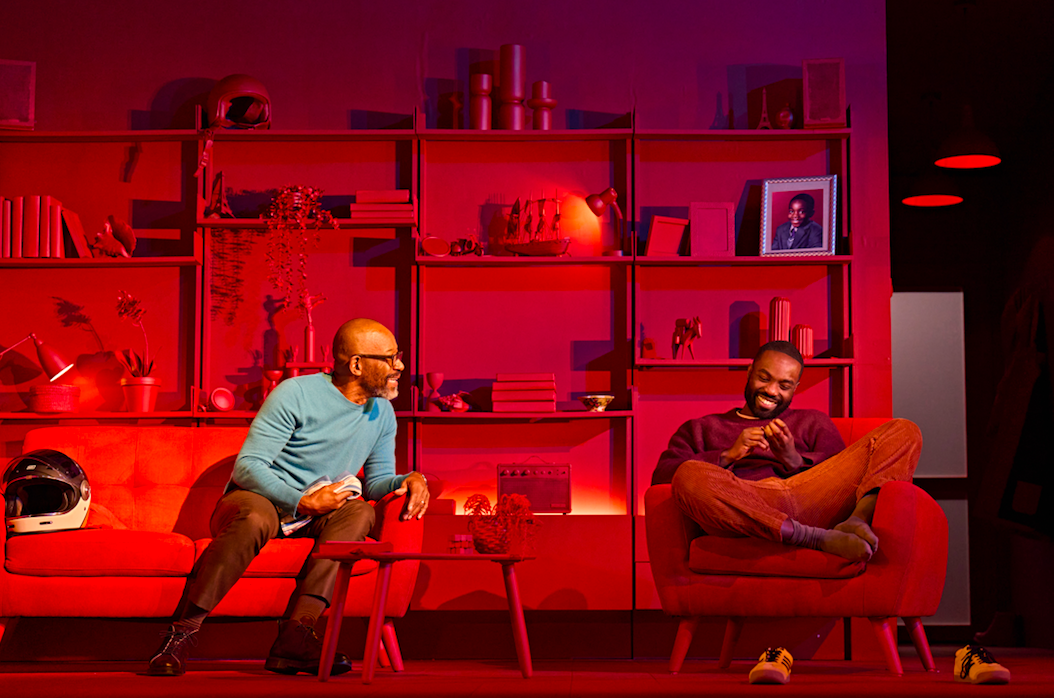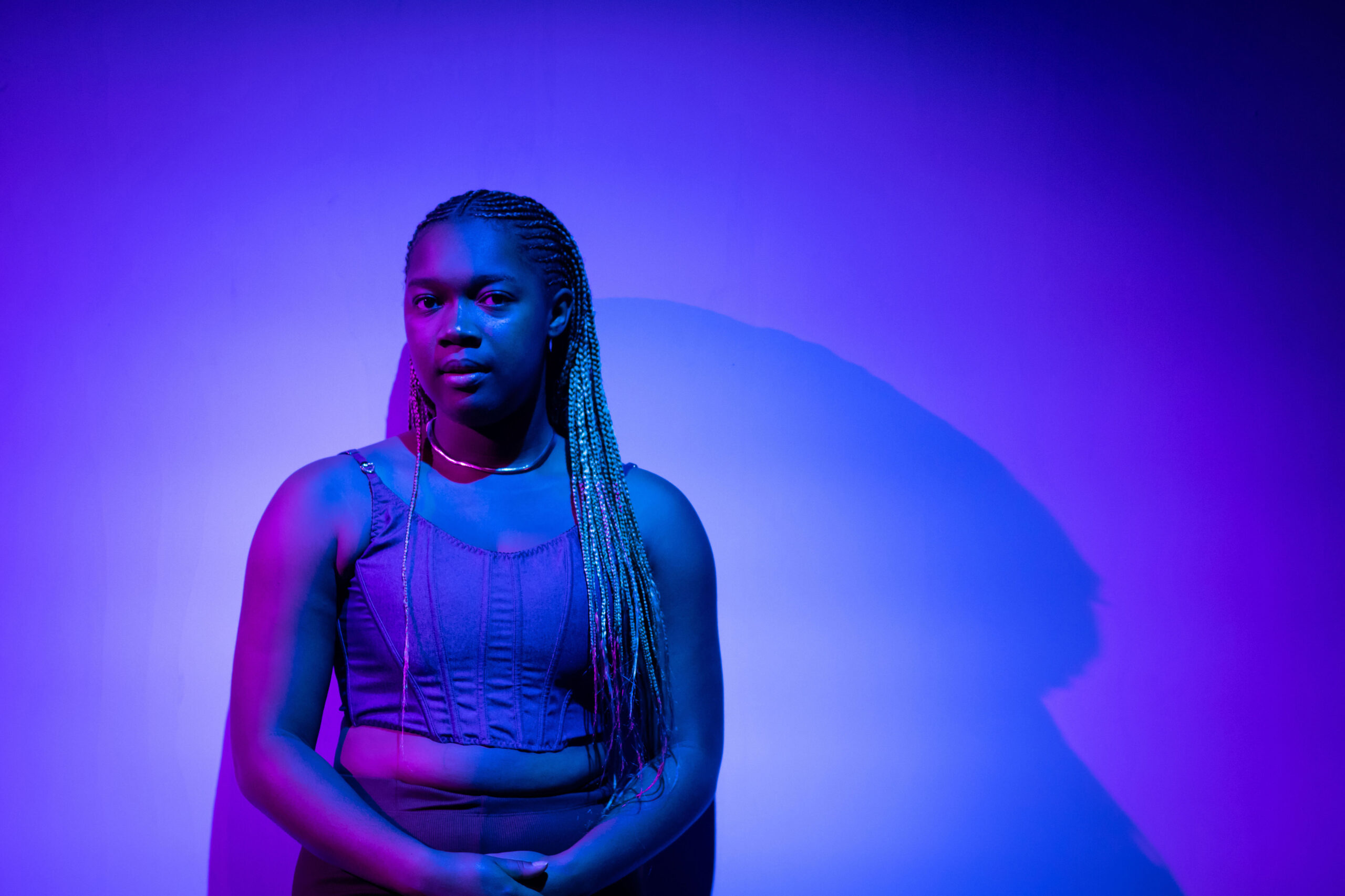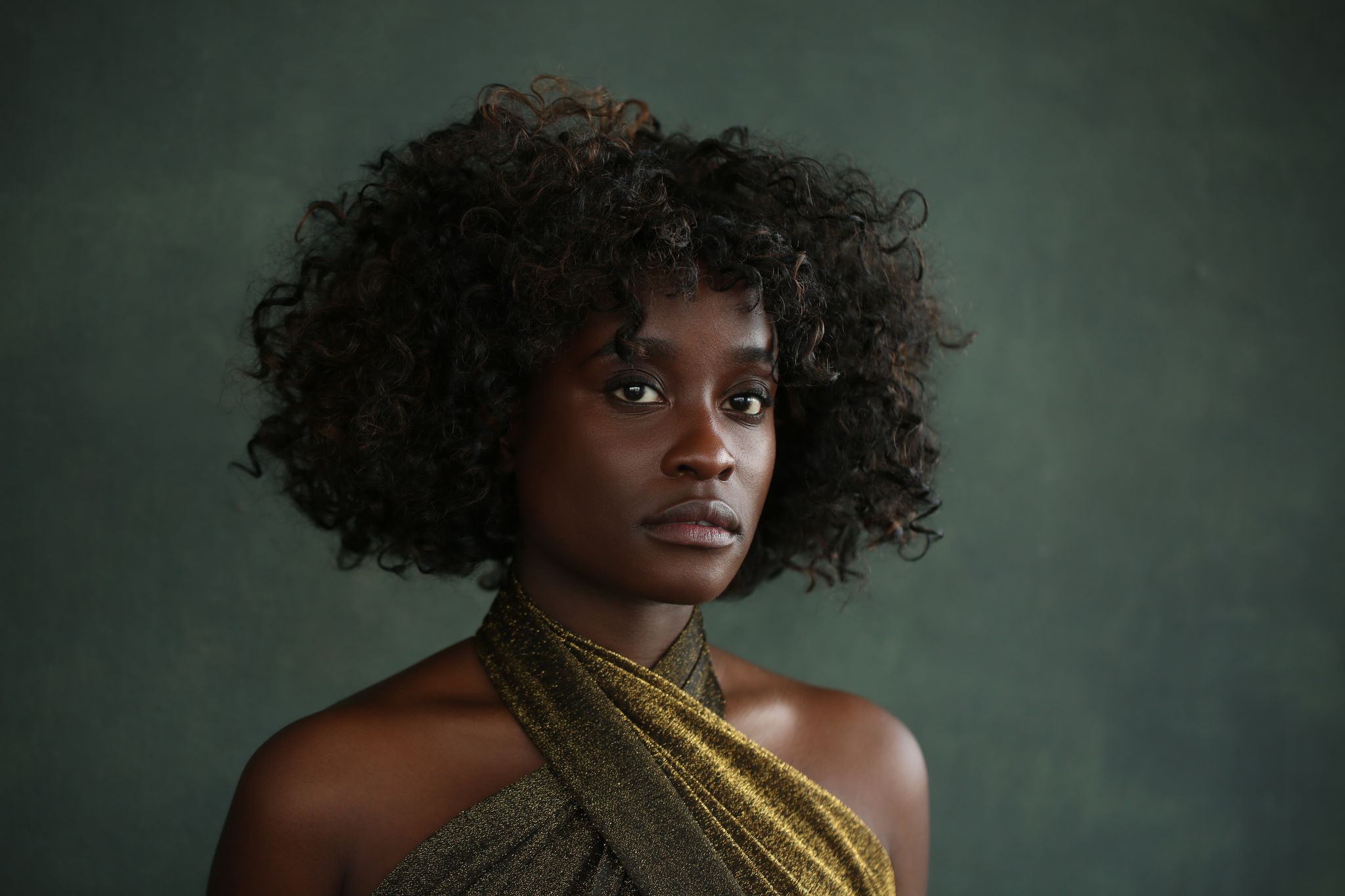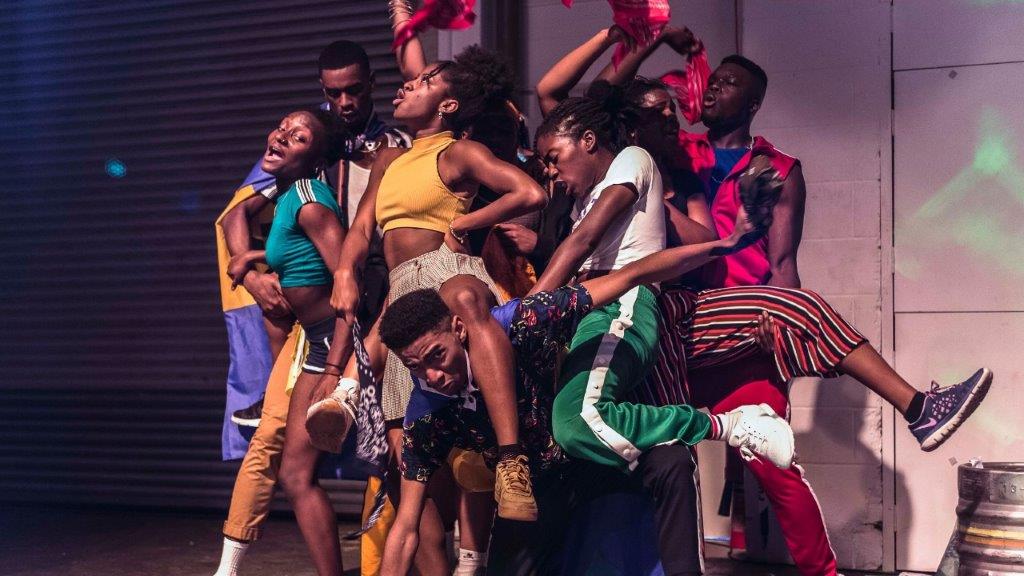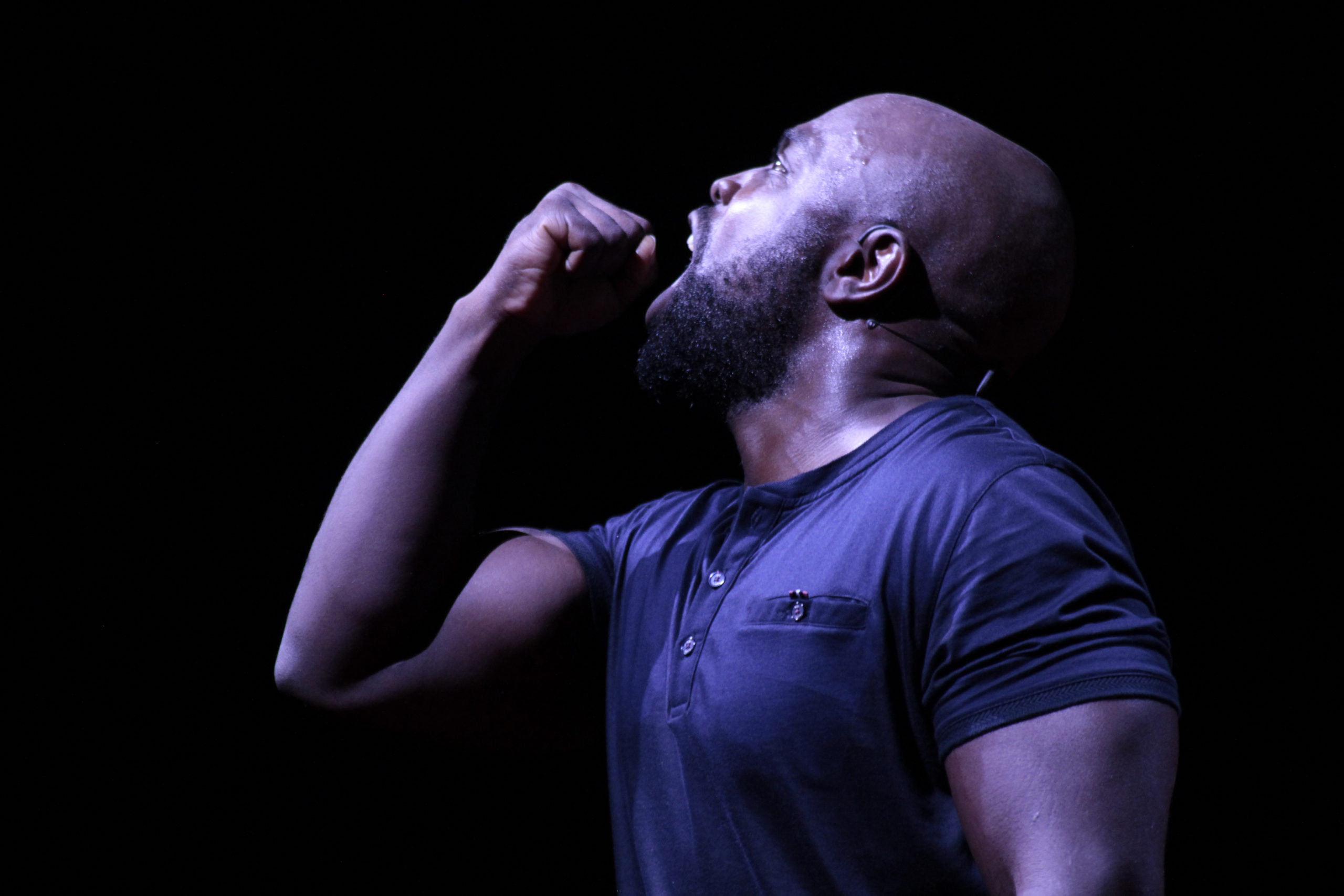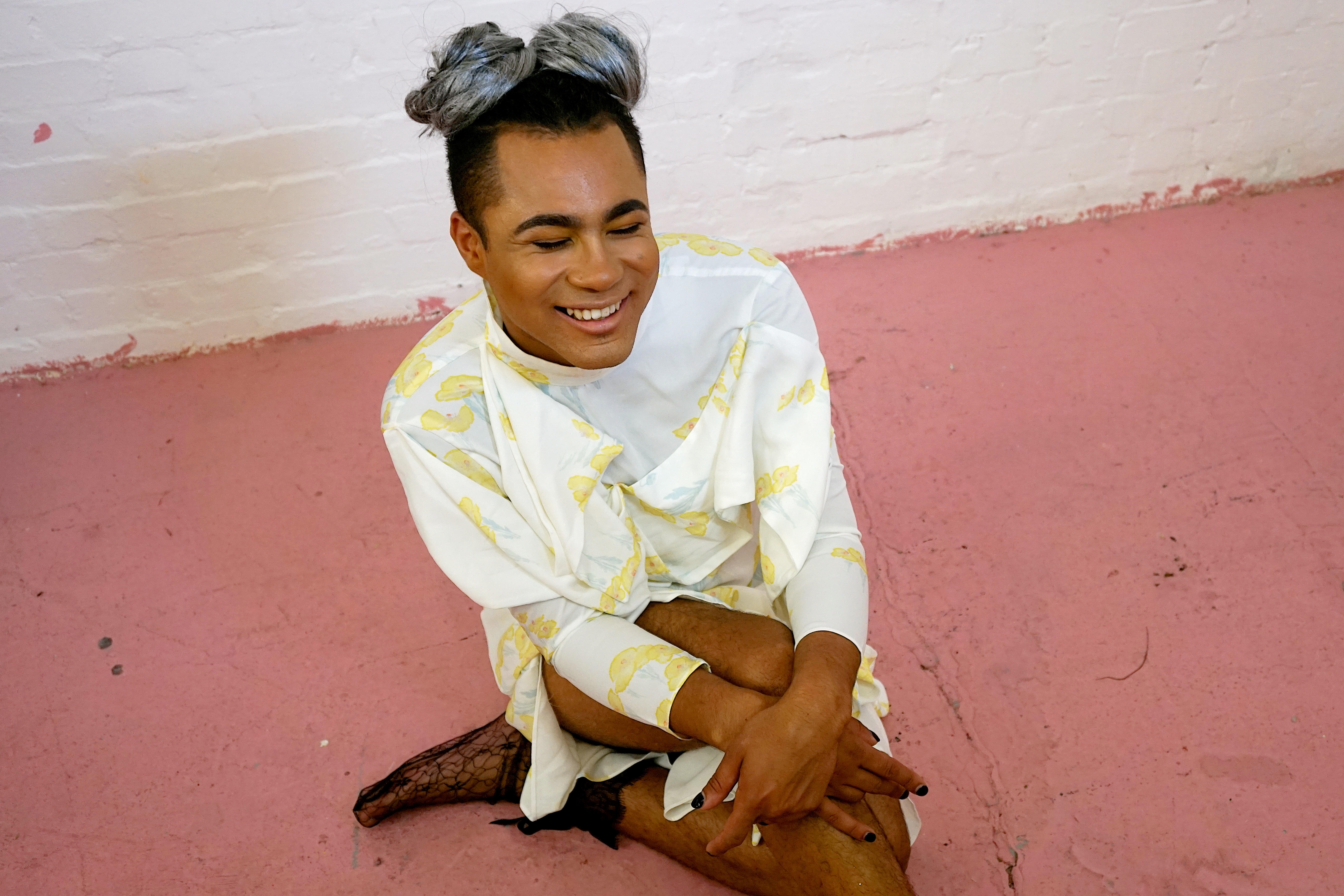
Travis Alabanza’s guide to making your Edinburgh Fringe less white and straight
Travis Alabanza
02 Aug 2019
Photography by Aisha Pegley
I remember the first time someone asked me whether my show was going to Fringe. It was about three years ago and I’d just done a turn on the mic at the Royal Vauxhall Tavern. The theatre and live art world, although making recent strides, has historically (and presently) favoured those with wealth, whiteness, cis-ness, and maleness. As such, Fringe always seemed like a distant dream, one that I could not obtain. The combined price of accommodation and travel alone feels daunting to so many artists.
That’s why Fringe of Colour started, an organisation that works as a supportive base and network for people of colour (PoC) artists at the festival and is rallying to address issues around accessibility and inclusivity. Impressively, it offers a database of the performances and a ticket scheme that allows young PoC to see shows for free. Speaking to the organiser Jess Brough, they say the project is about “making people of colour at Fringe feel seen”.
“The month can get quite lonely and the whiteness of Edinburgh can feel pretty isolating,” they continue. “A huge problem with Fringe is the perception that it’s for a certain demographic – white, middle-class and able-bodied.”
But, here we are. I’m going, and taking my solo show Burgerz up there for a whole month at the Traverse theatre. To say I’m scared is an understatement. As a black, trans theatre-maker, presenting a show that very boldly and clearly holds whiteness, cis culture, and feminism up to account, the prospect of this show existing and being at the festival both excites and worries me.
Will audiences understand me? Is being understood the goal? Will there be other black queer and trans people there? How will whiteness manifest at the festival, in the reviews? Blah blah blah. My mind wanders. And then I remember: I am not alone. So many artists of colour have gone before me, and will be there beside me. With that in mind, to calm me down (but maybe if you are going, to give you some reassurance) I caught up with four different artists, shows and initiatives run by black women and non binary people at the Fringe, to hear about their work, where we can find it, and their thoughts and feelings regarding the festival.
Mika Johnson, Pink Lemonade
Assembly Roxy, 1-25 August

Can you tell me about your show?
Pink Lemonade is ultimately about accepting yourself and growing from past relationships. It also looks at masculinity and how my character is trying to navigate that. They revisit a relationship that left a significant mark on them and it’s about them moving past that time and embracing who they are today
If your show had a smell and a sound what would it be?
My show would smell like Blossom Hill Rose wine and pussy. And it would sound like that first breath after you’ve had your head underwater for too long.
Do you think Fringe, or theatre in general, is doing enough for queer and trans folk of colour?
Visibility is important and venues and festivals are trying, but honestly, it’s about ongoing work and support for our community during and afterwards. Beyond performance, being an ally is more than ticking boxes, I’d love to see more places advocating in other ways that aren’t just about performance and being a business but actually speaking up for queer and trans folk of colour.
What shows are you going to see during Fringe?
Frankenstein: How To Make A Monster by BAC Beatboxing Academy and Splintered by lagahoo productions!
Rachael Young, NIGHTCLUBBING and OUT
Nightclubbing to 11th August
OUT 13-25 August. Summerhall, The Old Lab
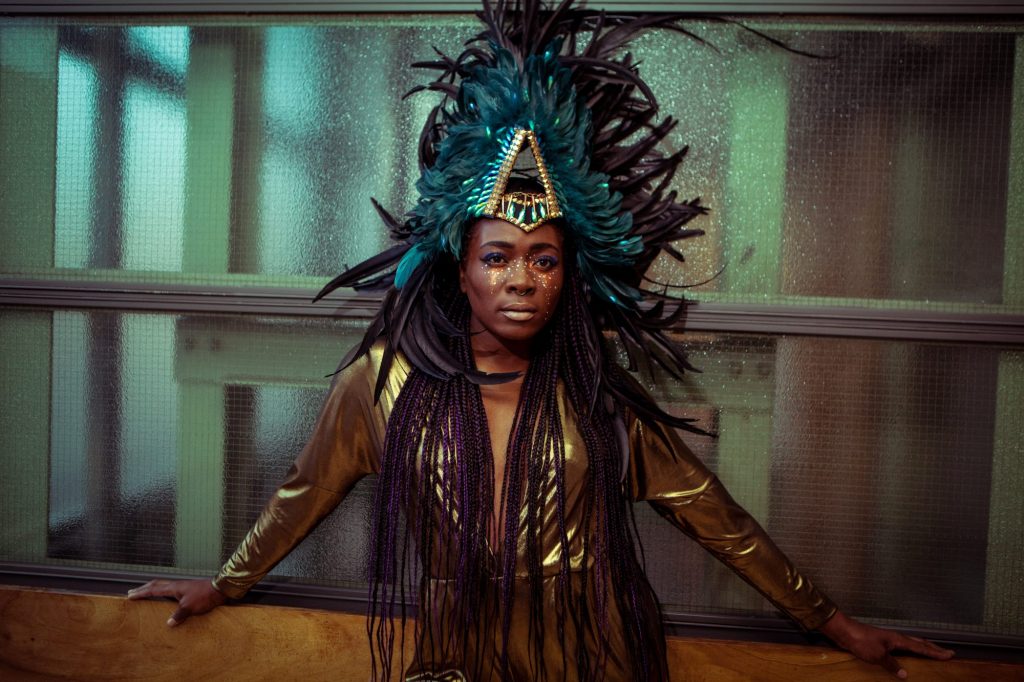
What show are you bringing up to the Fringe this year, and can you tell me something about it?
I’m bringing two shows to the Fringe this year NIGHTCLUBBING and OUT. The idea for NIGHTCLUBBING developed after an incident at DSTRKT nightclub back in 2015. Two women were refused entry to the club, the man on the door deemed them undesirable due to them being dark-skinned and ‘too fat’. I was outraged, but I also wasn’t surprised, I have been made to feel ‘less than’ due to my particular shade. When I feel oppressed by the world around me, I turn to my work as a source of clap back. I remembered Grace Jones, a dark-skinned black woman comfortable in her femininity and masculinity, outspoken, bold. I thought about how speculative fiction could help us carve out our own futures, and imagined blackness as our superpower. Thus NIGHTCLUBBING was born – a declaration and a celebration of those who are ‘highly melinated’ and of all things black!
Development for OUT, which I perform with artist marikiscrycrycry, started through conversation with another queer black artist from Nottingham, Dwayne Anthony. We spoke at length about what it meant to be queer and black and living in Nottingham, how to navigate small-town Caribbean culture, which sometimes fails to recognise us, let alone make space for us. How colonialism has scarred and erased our histories. OUT seeks to carve out a space for self-acceptance – a celebration of black queer existence.
If your show had a fragrance, what would it smell like?
OUT would be a mixture of freshly squeezed orange juice and neat Wray & Nephews. NIGHTCLUBBING would be a mixture of black holes, granite and thick molasses.
Have you been to the Fringe before? How do you feel about going?
I’ve been to the Fringe a couple of times. My first time bringing a show was a really intense and sometimes quite overwhelming experience. Having said that, we managed to find time to have a laugh and see lots of great work. I’m pleased to have been given the opportunity to bring two shows this year with the support of the Eclipse Award, a brand new partnership which aims to support black artists presenting work at the festival. I am excited and nervous about the month ahead but feel really grateful to have the support from the venues who have made this award possible.
What’s a top Fringe survival tip that you might give to another black queer person?
Take time out – in my experience the Fringe can be quite overwhelming at times and exists in a total bubble. So I think it’s really important to decompress and find time for stillness, to do things that aren’t Fringe related. I find exercise and eating well both help, as well as a plan to rejuvenate by spending time with other queer PoC people at the Fringe.
Lastly, any shows you recommend?
Man on the Moon by Keisha Thompson.
Kemal Bob, FOC IT UP: The Femmes of Colour Comedy Club
Gilded Balloon’s Patter Hoose, 2-25 August
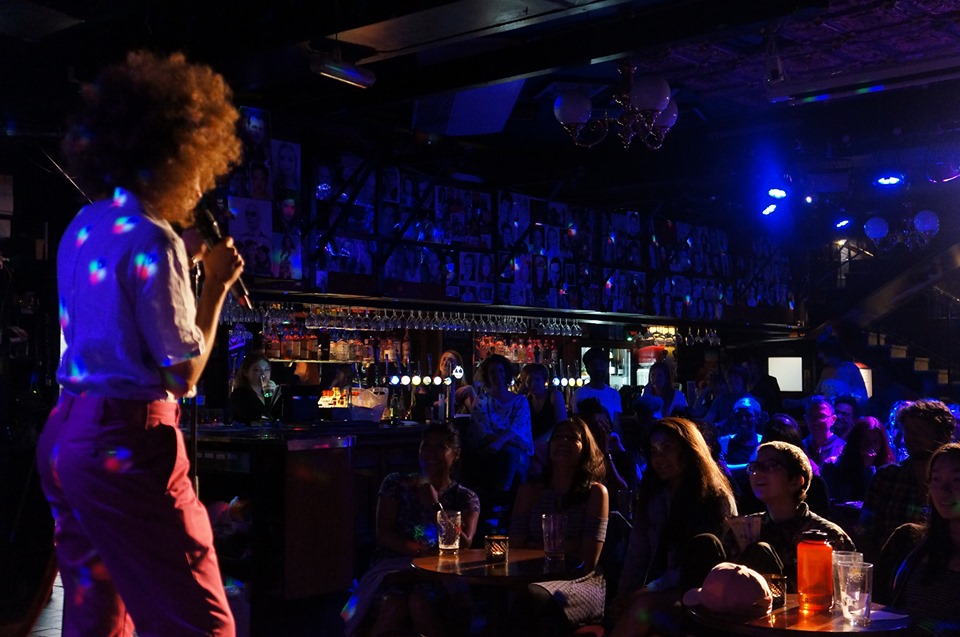
What you are bringing to the Fringe?
I’m Kemah Bob, a comedian and the C.E.Hoe of the Femmes of Colour Comedy Club. FOC IT UP exists to recognise and represent the perspectives of women, trans and non-binary comedians of colour. We are disrupting the status quo, by fighting tokenism and truly spilling diversi-tea. We prioritise the experience of people of colour on and off stage, and demand everyone else check their privilege at the door.
What are your thoughts and feelings about the festival?
As a comedian from Texas, I feel like the Edinburgh Fringe offers something no other festival in the world does, the opportunity for artists to develop their own unique and authentic voice. It feels like bootcamp at a trade show. So many great shows to see and people to meet… Which is why it’s so important that performers of colour are able to be there.
Do you feel like the Fringe is doing enough for people of colour and what would you like to see more of?
In addition to being an extremely pale environment where people of colour might feel hyper-visible, the Edinburgh Fringe presents financial challenges for just about anybody going up. Like, 90% of the time I talk to artists about why they’re not going, money comes up. Between the extortionate prices of accommodation and potentially having to take a month off work. On top of that, most Fringe shows don’t make any profit – success for many is breaking even. I think the people who run the Fringe need to address the financial barriers.
If FOC it up had a smell and sound, what would it be?
The smell would be sage burning – cleansing the space of white negativity making room for Femmes of Colour to give and receive joy. In terms of sound, it would be your best friend’s most embarrassing laugh.
What are the shows you’re excited to see this Fringe?
I’m so excited to see Venus by Sophie Duker, Accidental Coconut by Njambi McGrath and shows by Desiree Burch, London Hughes, Phoebe Robinson. In short, just about everything on the Fringe of Colour spreadsheet. I’m rooting for everybody black.
Interviews have been edited for length and clarity.

